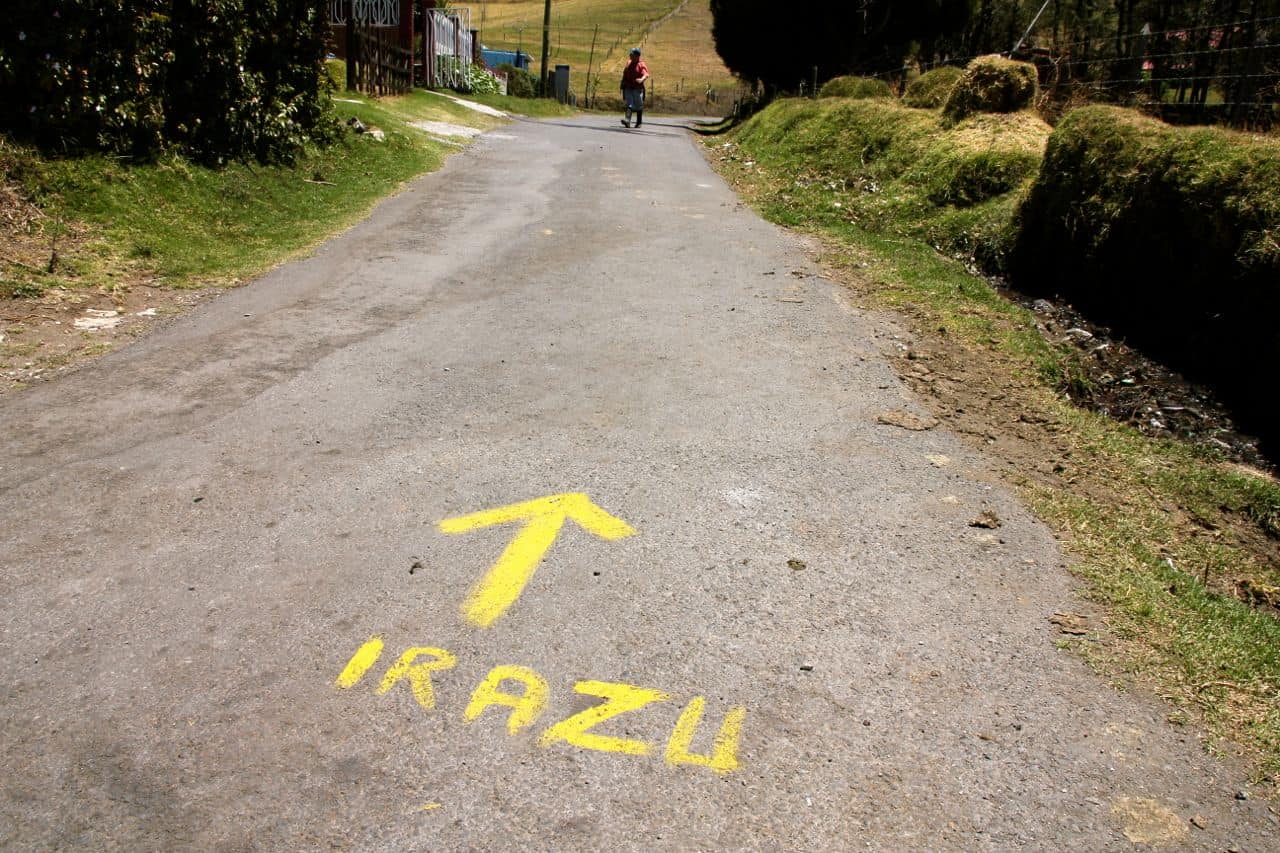QCOSTARICA — Very soon many forested parts of Costa Rica will be alive with the song of chicharras, cicadas. They are also known as cigarras in Spanish, but chicharra is more commonly used in Costa Rica. Despite the overwhelming noise, the cicadas generally remain well hidden in the trees—they are a juicy morsel for many predators.
From I grew up calling these creatures locusts, but this is completely inaccurate. Locust refers to several species of short-horned grasshopper. These grasshoppers can arrive in large swarms and consume vast amounts of vegetable material, including crops. In Spanish they are known as langostas or, more commonly in Costa Rica, chapulines.
The cicada does no such damage.
– Advertisement –
The life cycle of cicadas is varied and complicated. There are roughly 3,000 species of cicada in the world, many undescribed and unstudied. The song of the chicharra is produced only by the male in search of females. The sound is produced by special organs called tymbals. In fact, cicadas are deaf and the female is attracted to the vibration rather than the sound.
Read more: Chicharras
Once mated, the female lays her eggs in a slit she makes in the bark of a tree. The sap of the tree nourishes the eggs and nymphs develop. The nymphs fall to the ground where they burrow into the soil and feed on sap from the roots.
The nymph stage of the cicada spends between one and seventeen years living in the ground. Some species emerge in unison, while others come out in batches yearly—not all the same individuals as the crop of nymphs from the year before. In Costa Rica, the average time spent in the soil as a nymph is four years. The nymphs emerge and with one molt—shedding of the exoskeletons—take on adult form. So the chicharras you are hearing this year, probably entered the ground as nymphs four years ago.
The song of the cicada is very loud—as high as 115 decibels—about the level of a rock concert. It is loud enough to damage human hearing.
Several years ago my significant other was a Costa Rican woman in her middle sixties. We spent a few days in a cabin surrounded by trees and huge numbers of chicharras. She took great pleasure in chanting, “Maro, Maro, Maro.” Apparently, as a child she was taught this incantation would make the chicharras fall out of the trees. An interesting piece of Tico witchcraft—brujería—or folk belief—agüizote.
– Advertisement –
Try to take some time to get out in the countryside and enjoy the song of the chicharras. It’s wonderful seasonal reminder of the complexity of Nature.
– Advertisement –
Source link
Jack Donnelly



